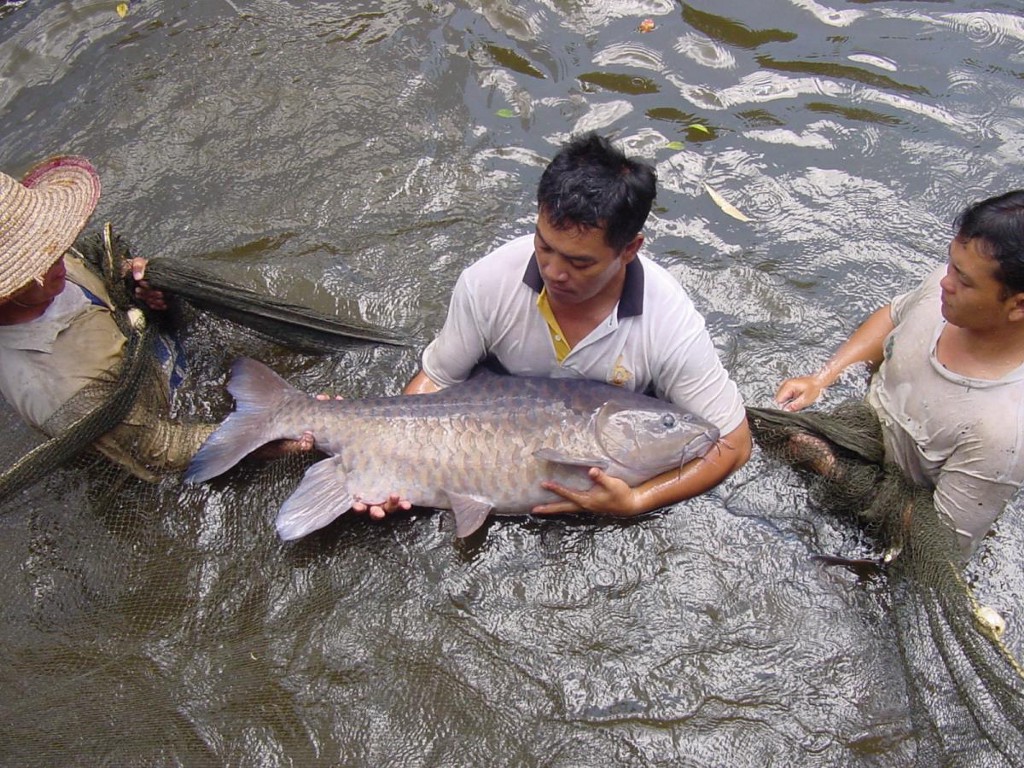Two of the top aquafarming countries are teaming up. Vietnam, one of the world’s top producers of prawns and pangasius, a type of freshwater “shark catfish” (that’s a real thing) more commonly known as basa, is looking to make improvements, technologically and sustainably, in its fast growing aquaculture sector. Vietnam’s exports are poised to grow in the next 10 to 15 years and the country could see $12 billion in income from the sector by 2020, and more than $30 billion by 2030.
Norway, a major producer of Atlantic salmon, wants to help as it confronts challenges in its own aquaculture industry. Norway has offered “Nordic Solutions to Global Challenges” (here and here), and is eager to share its aquaculture expertise as well. Norwegian aquaculture executives are working with Vietnam to support the country’s growth potential in farmed fish, molluscs, and seaweed.
Vietnam’s aquaculture market is restricted by out-of-date technologies and poor supply-chain linkages. These challenges have led to the industry’s unsustainable development, including poor quality products, high prevalence of disease, lack of environmental controls, and poor management practices, according to Nguyen Huu Dung of the Vietnam Sea Culture Association. Pangasius farming has a particularly poor track record, and has shown few signs of sustainability progress.
Norway has grappled with disease and product quality in its own farms. In 2009, Norway launched a national strategy for developing an environmentally sustainable aquaculture industry. It includes: increasing farm inspection and disease treatments; developing an environmental monitoring system for nutrient salts and waste discharges from farms; and developing guidelines for climate and eco-labeling to help consumers make informed decisions.











